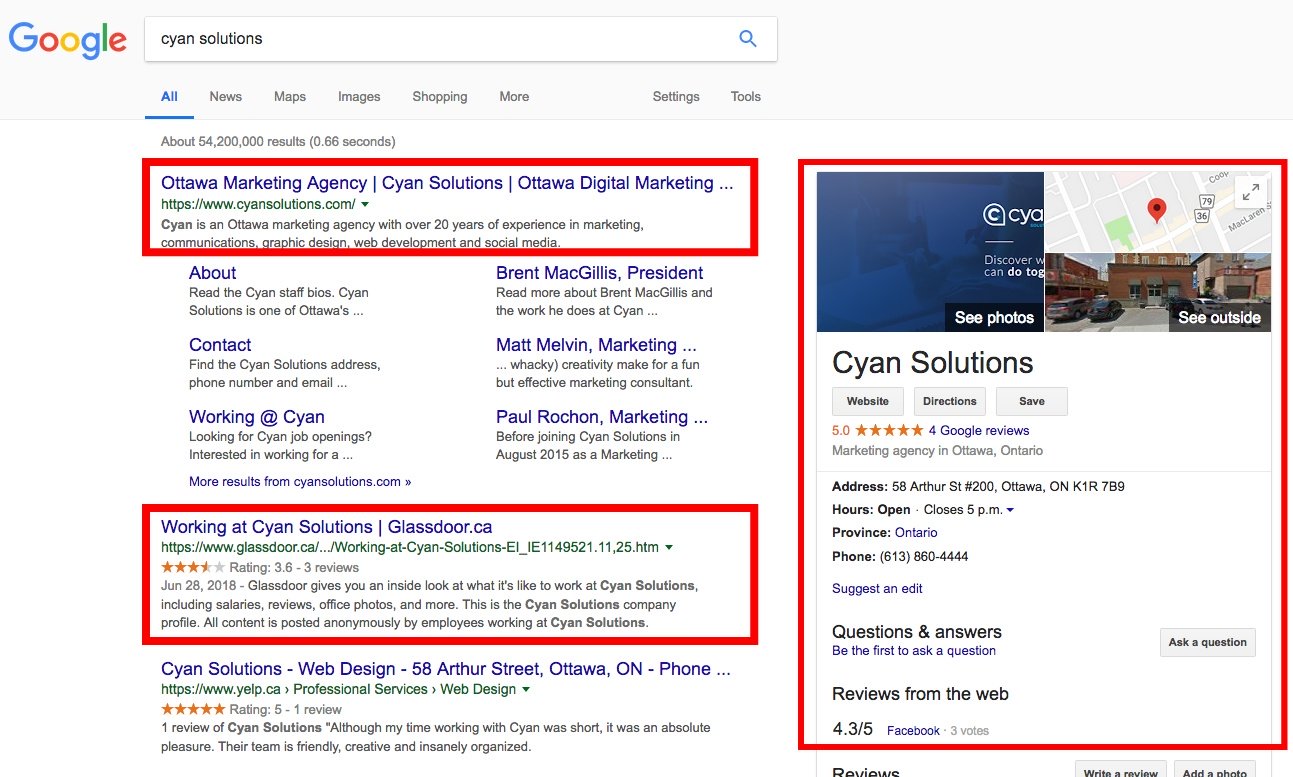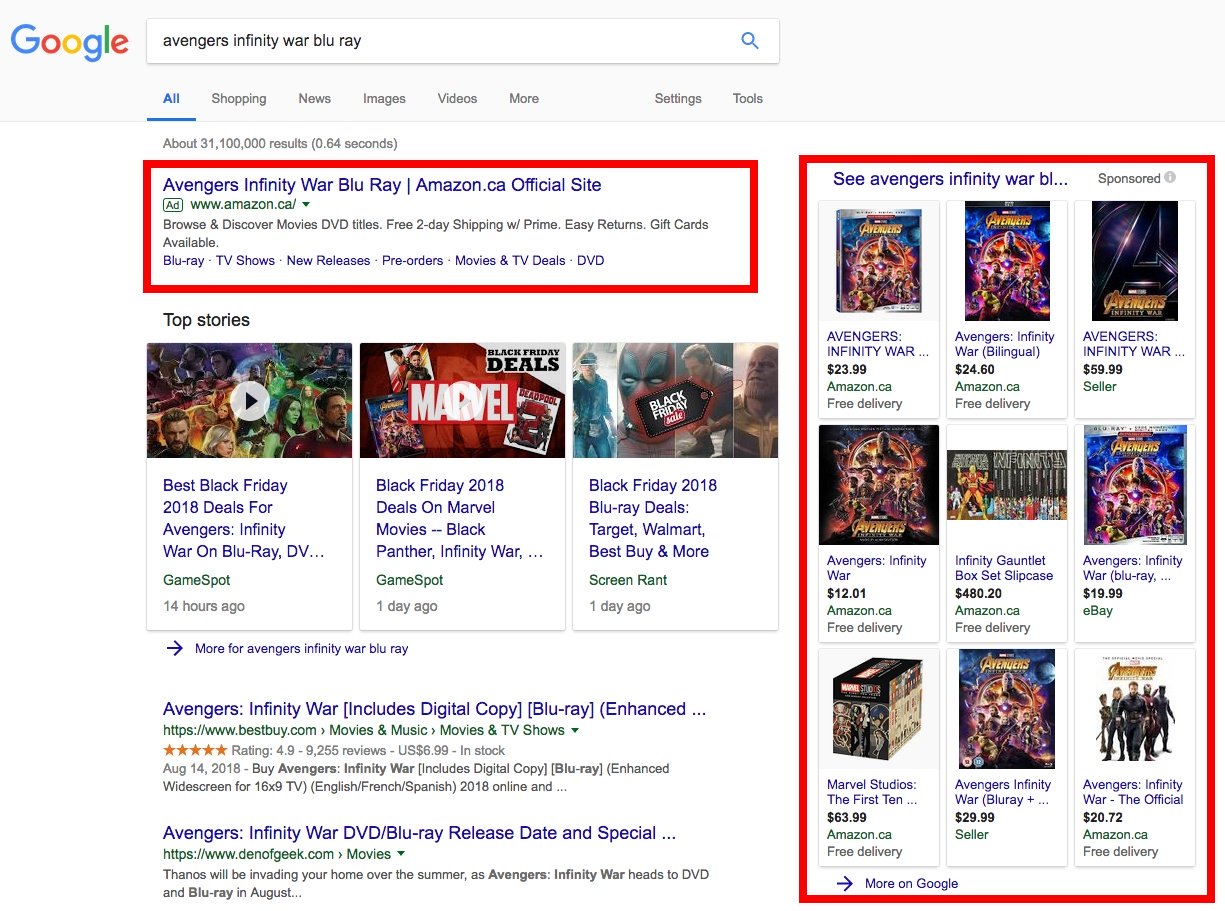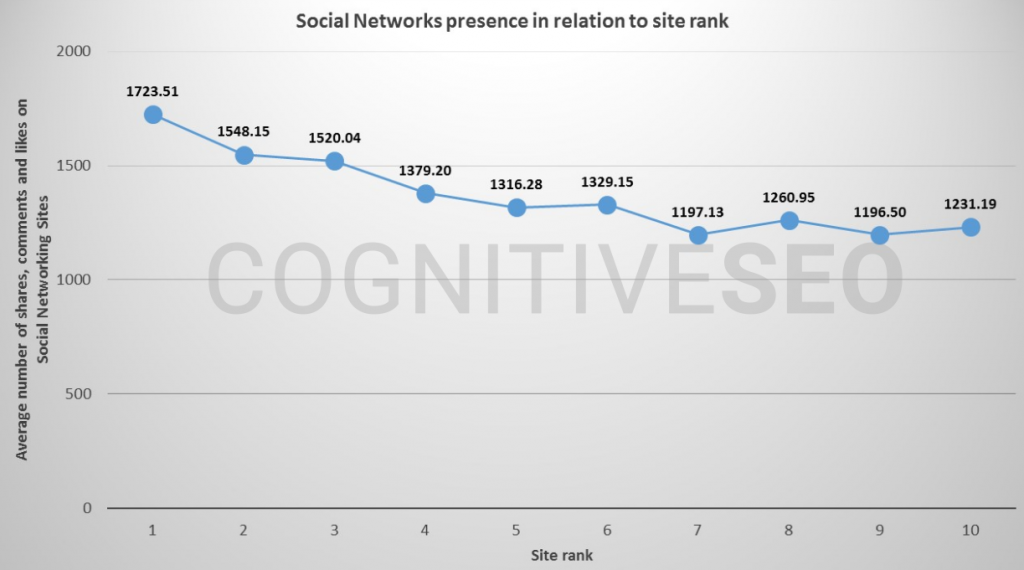
7 Reasons Why Your Website Has a SERP Problem
Note: This blog post on 7 Reasons Why Your Website Has a SERP Problem has been updated in 2021 for clarity, accuracy, and current information.
If there’s one thing that content marketers, publishers, and PPC advertisers know all too well it’s that SEO is hard. When fighting for dominance in search results, it’s an often brutal, time-sucking series of tactics and tasks that never seems to end. Not only is there no guarantee of success, any success earned can disappear overnight.
Let’s look at some reasons why you may be losing the battle for SERP (Search Engine Results Pages) glory.
SERPs: A Quick Overview
Before we dive in, we should wrap our heads around SERPs and their importance in your SEO strategy.
SERPs are valuable real estate to marketers, content owners, and advertisers and they’re all vying for the same space on those pages.
There are two types of content displayed on SERPs: organic and paid.
The organic results are the ones displayed based on the overall ranking of the page or domain in relation to the value of the search terms submitted. In other words, the higher a result appears in an organic search, the higher the value and quality Google has assigned to it.

The paid results are the ones that advertisers have paid for. You can tell which ones are paid by the indicator under the page title. Exceptions here that aren’t considered paid are business listings and maps.

If you’re buying paid results and involved in pay-per-click marketing, you’re obviously facing a set of challenges that includes competing with other advertisers, but for now, we’ll focus on organic SERPs.
SERPs Issues are Preventable
Let’s consider some of the reasons why you may be struggling with your SEO efforts and what you can do right now to help you stay ahead of your competition.
1. Your domain isn’t secure
One of the quickest fixes you can make to your site to improve your ranking is to ensure that it has an SSL certificate installed. This changes your URL from http:// to https:// and can not only improve your page ranking, it contributes to helping keep your site safe from malicious attacks.
Google factors in whether or not a site has an SSL certificate when ranking them, so if you don’t want to risk being shoved into relative SERP obscurity, go https:// as soon as possible – and don’t forget to update your Search Console when you do.
2. Your sitemap.xml is missing
One of the first things you should do when you launch a new or updated website is to submit your sitemap.xml file to Google for indexing. Without this, pages on your site can go unindexed and obviously that’s not ideal.
If you don’t have a sitemap.xml file (which should be located in the root directory of your site) and use a Content Management System, you may need to install a plugin that will generate one for you. You can also use a sitemap generator and upload the resulting file to your server.
Once your sitemap is uploaded, head over to Google Search Console to submit it for indexing.
3. You’re not utilizing Search Console
Speaking of Search Console, let’s point out that it’s one of the most critical tools you can use to manage your site’s SEO.
Some of its features include:
- Claiming ownership of your properties (domains)
- Sitemap indexing
- Mobile analysis and enhancements
- Coverage analysis (tracking issues with indexing and server errors, including redirects)
- Performance analysis (clicks and impressions by keyword, page, country, device, and search appearance)
You can also access Search Console data via the Acquisition section of Google Analytics.
4. Your social presence is poor
While Google has stated that social media is not a significant ranking factor for websites, a Searchmetrics study suggests that this isn’t exactly the case and that likes and shares do matter.
CognitiveSEO also suggests that the higher a site’s ranking, the stronger their social presence, as summarized in their graphic:

What can you do to leverage your social media content to influence your site ranking?
Strengthening your social media presence takes time, patience, and trying new things to see what works best, but ultimately you want to focus on doing the following:
- Maintain a consistent brand. The more consistent your brand – which includes not just creative elements but also the tone and message in your content – the easier to maintain brand identification.
- Engage your viewers. Respond to post comments and engage with your audience. Keep the social in social media. Focus on retaining and rewarding your most loyal followers.
- Post eye catching content. Social media users love images and videos. That’s no secret. Create some of your own and share them.
- Use relevant hashtags. Don’t overdo it, though. Hashtags are about connecting topics, not stating your emotions.
To see great examples of content marketing strategies to improve your social media presence, check out here.
5. You’re not linking internally enough
An internal link is one that links from one of your pages or posts to another, building connectivity which helps Google recognize relevance between your pages. You’re looking good if your links are both useful and relevant.
Anchor links (links that jumps to a section of a page) do count but avoid trickery like using them solely to increase internal links to specific sections. For example, if you have, let’s say, five anchor links on a page that all goes to the same spot, Google may only count the first of those five.
Look for opportunities to link internally. A lack of these links can affect your ranking quite a lot but be careful with how many internal links you add to a single page. Too many and you may risk watering down the value of each of those links.
Be picky with your external links
One thing you want to be careful with when linking your content to external websites is that any red flags Google has placed on that site could negatively impact your own site’s ranking.
If you’re unsure as to the value Google has placed on an external link, simply add the rel=”nofollow” attribute to your anchor tag. It basically lets Google know that you’re linking to that site but don’t want any connection made beyond that either in terms of subject matter or credibility.
6. Your content needs a personality boost
So, you’re doing everything else correctly and still not seeing the SERP wins you want.
Maybe it’s time to consider that your content isn’t that strong – and Google knows it.
Writing content that keeps your visitors coming back for more isn’t about frequency, it’s about quality. It’s better to write one fantastic article a week than one poor article every day.
So, maybe your content is poor. What do you do about it?
Write about what you know. One of the key attributes of a high-ranking website is one that publishes content that demonstrates authority by consistency in the subject matter.
Write like a person, not a marketer. If you’re writing articles as part of a marketing strategy, you have to write like a person and not come across like you just spent a couple of days piecing together trendy keywords and buzz phrases to lure your readers in.
Just say ‘no’ to clickbait titles. It may be tempting, but steer clear from clickbait. There are many reasons, including an increase in your bounce rate.
Google’s ranking signals are more and more focusing on the user experience and content quality. So should you!
7. Your site gets minimal traffic
Naturally, if your content is poor, then your incoming traffic is probably substandard as well.
Then again, there are exceptions.
When studying your analytics data, you’re looking at traffic coming from one of these sources:
- Direct – Someone typing your URL in the browser’s address bar
- Organic Search – Search engines, excluding ads
- Paid – Ads on sites, including those appearing on SERPs
- Referrals – Links to you from other sites
- Social – Links on yours and others’ social media profiles and posts
- Email – Any link to you clicked from inside an email
Referral traffic is important
And, as we’ve covered, the quality of your content and how effective your site’s user experience is will go a long way to helping you reduce your bounce rate. All the referring traffic in the world won’t help as much if your visitors aren’t sticking around to engage your content.
The question of backlinks
Odds are that there are sites out there linking to yours. We call these backlinks and they are one of the more important ranking signals.
Be wary of spam backlinks because they can tank your site’s ranking.
Some characteristics of a spammy backlink include:
- The domain’s not indexed by Google
- A low Domain Authority
- Page(s) that include 100+ external links
Tools like Ahrefs can help you identify and scrub these links so your ranking doesn’t take a hit. By disavowing those links, you’re essentially asking Google to consider those links as spam/bad links when ranking you.
Bonus item: You’re not leveraging YouTube
YouTube is the second most popular site in the world and has huge potential for marketers as a successful part of their SEO strategy.
Check out just a few of the stats:
- 2 billion active users per month
- 1 billion+ hours of YouTube content are watched per day
- Millennials prefer YouTube two to one over traditional television
You may be wondering how this applies to SERPs.
If you look at YouTube as another search engine (and it is), you can see by the stats that the potential for marketers should be as enticing as Google itself.
Clearly, YouTube is a powerhouse and taking advantage of the user traffic and Google’s commitment to keeping this juggernaut a key part of its growth should be a priority for anyone serious about SEO.
Next steps
This may be a lot to handle but try one at a time and see what results you get. Keep in mind that the results you want won’t be instantaneous but monitor things and don’t be afraid to try something different. You never know what you may discover!
As always, we’re here to help!
Discover what Cyan can do for you
We want to get to know you better so we can understand what services are going to help you meet your goals.
